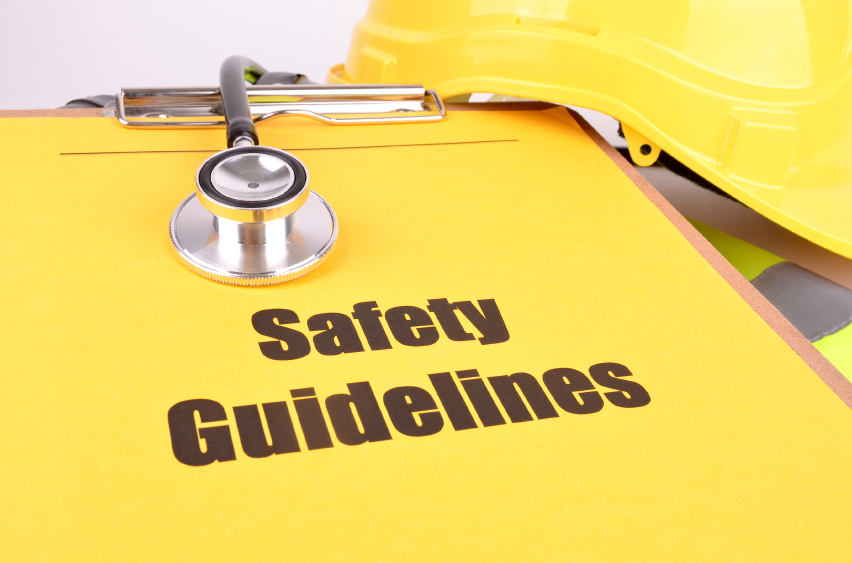In yesterday’s Advisor, we reviewed three deadly workplace distractions and how to prevent them. Today, we provide four tips on helping boost engagement with workplace safety among your employees. Are your workers keeping their heads in the game?
 |
Here are some strategies for making sure that your workers always remember that they’re only as good as their last safely completed task.
Four Ways to Keep Workers in the Game
In order to keep workers in the safety game, they must always have a goal. Here are some ways to set safety goals in a program that appears to be working well and successfully keep workers safe:
- Take your safety program to the next level. How many days have you gone without a lost-time accident? That number may be impressive—but how many days have you gone without a recordable accident, property-damage incident, or near miss? Don’t rest on your laurels—and don’t let workers rest on theirs. If you’ve met one goal, celebrate! And then set a new goal—before workers begin to think that there’s no more work to do and they can relax.
- Manage change with care. If you’re changing or upgrading your processes and procedures, make sure to keep workers in the loop. A worker who thinks she knows how to do a job safely may—if she’s not paying close attention—miss changes. If she keeps doing things the old way, she could cause problems for herself and her coworkers. So, when you’re making improvements in how you do things, make sure you’re keeping lines of communication open with your workers and letting them know that it won’t work anymore to do it the way they did it before.
- Maintain an awareness of variables. A job that’s safe in December might end in a case of heat illness in July; a job that’s no problem outdoors could turn toxic indoors, where hazardous vapors can accumulate. Make sure that workers not only pay attention to the parts of a job task that don’t change but also to the hazards of things that change depending on location, season, staffing, and other variable factors. If something’s different from how they learned it or when they last did it, they may need to stop and do a new hazard evaluation.
- Find a new angle. How’s your training program? Are you still running everybody through the same program that worked so well when you first implemented it? If workers aren’t getting anything new out of your training program, they may decide they “know it all already” and let down their guard. Make sure your training program is up to date—with respect to your facility, your personnel, the Occupational Safety and Health Administration’s (OSHA) regulations, and current technology—and highlight any changes for workers. The new angle that catches their interest and shows them that they don’t already know everything there is to know about a topic is the thing that might keep them focused and safe.
